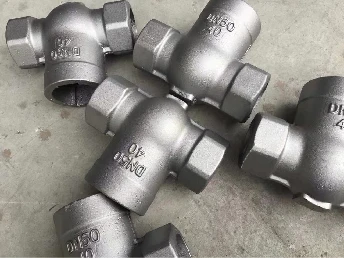

Investment in advanced no-bake sand casting processes has gained traction due to its adaptability and the superior finish it provides. In this method, a chemical binder is mixed with the sand to set the mold. The binder hardening allows manufacturers to produce high-quality parts with excellent dimensional stability. No-bake sand casting is especially well-suited for short production runs where traditional mold preparation would be cost-prohibitive. Additionally, its flexibility allows for casting of large components that are both lightweight and structurally robust. Finally, vacuum molding technology, often referred to as V-process, offers an innovative twist to sand casting by using vacuum pressure to hold the mold together. This eliminates the need for binders, resulting in a cleaner process with minimal waste. The V-process is particularly useful when producing thin-walled or intricate parts that would be challenging to achieve with traditional methods. Although the initial setup is more involved, the environmental benefit and minimized post-casting work often make it a preferred choice for eco-conscious manufacturers. When selecting a sand casting process, companies must consider factors such as the desired surface finish, production volume, complexity of components, and budget constraints. The diversity in sand casting methods ensures that there is a suitable option for every requirement, underscoring the importance of strategic decision-making in manufacturing to maximize output while maintaining quality and efficiency. Embracing the right sand casting technique not only optimizes production but also aligns with sustainable manufacturing practices, enhancing a company's standing in an ever-evolving marketplace. Post time:1 月 . 15, 2025 09:18
Next:types of sand casting
